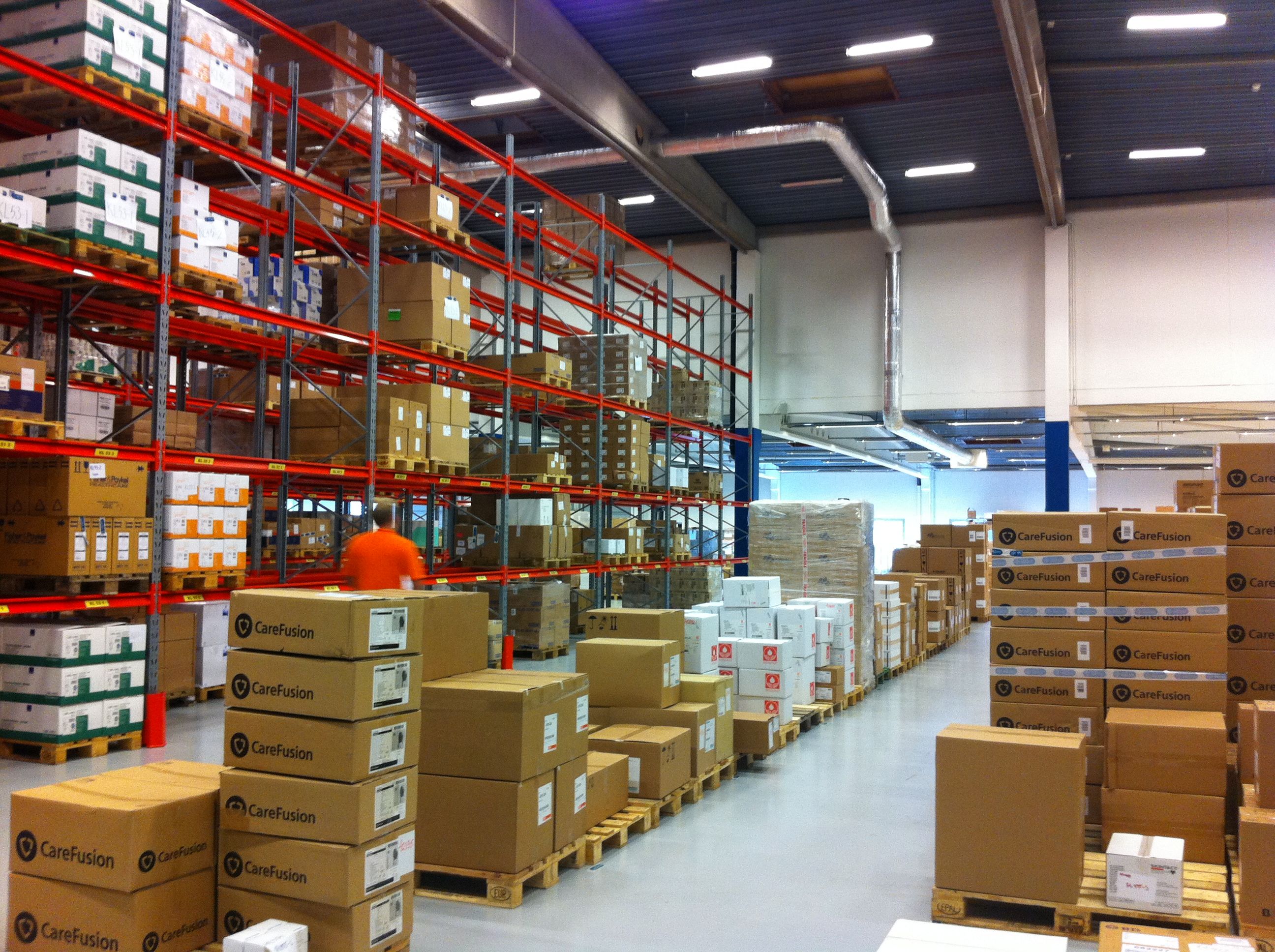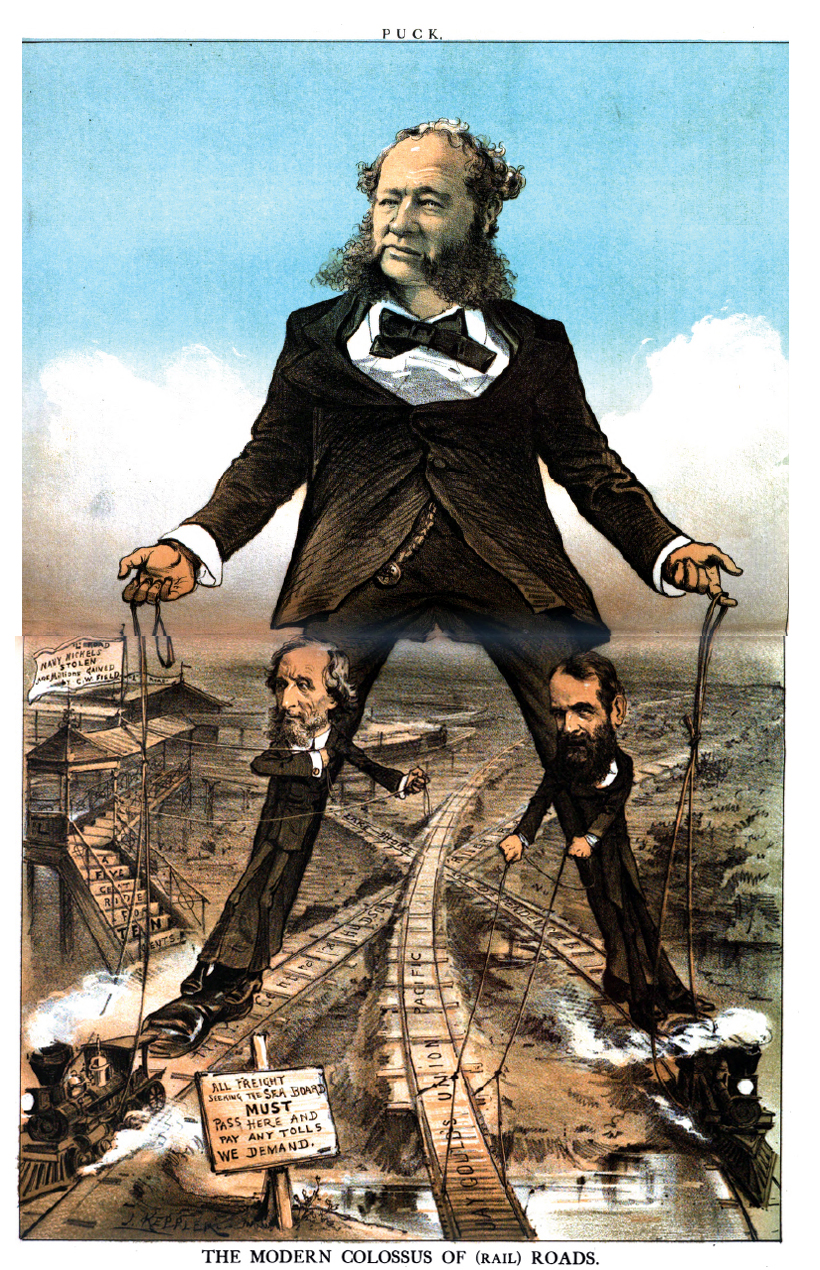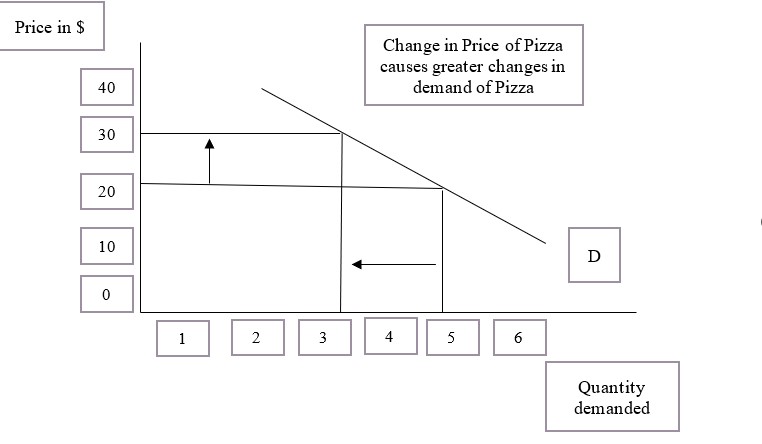|
Supply And Demand
In microeconomics, supply and demand is an economic model of price determination in a Market (economics), market. It postulates that, Ceteris_paribus#Applications, holding all else equal, the unit price for a particular Good (economics), good or other traded item in a perfect competition, perfectly competitive market, will vary until it settles at the market clearing, market-clearing price, where the quantity demanded equals the quantity supplied such that an economic equilibrium is achieved for price and quantity transacted. The concept of supply and demand forms the theoretical basis of modern economics. In situations where a firm has market power, its decision on how much output to bring to market influences the market price, in violation of perfect competition. There, a more complicated model should be used; for example, an oligopoly or product differentiation, differentiated-product model. Likewise, where a buyer has market power, models such as monopsony will be more a ... [...More Info...] [...Related Items...] OR: [Wikipedia] [Google] [Baidu] [Amazon] |
AD–AS Model
The AD–AS or aggregate demand–aggregate supply model (also known as the aggregate supply–aggregate demand or AS–AD model) is a widely used macroeconomic model that explains short-run and long-run economic changes through the relationship of aggregate demand (AD) and aggregate supply (AS) in a diagram. It coexists in an older and static version depicting the two variables output and price level, and in a newer dynamic version showing output and inflation (i.e. the change in the price level over time, which is usually of more direct interest). The AD–AS model was invented around 1950 and became one of the primary simplified representations of macroeconomic issues toward the end of the 1970s when inflation became an important political issue. From around 2000 the modified version of a dynamic AD–AS model, incorporating contemporary monetary policy strategies focusing on inflation targeting and using the interest rate as a primary policy instrument, was developed, gradu ... [...More Info...] [...Related Items...] OR: [Wikipedia] [Google] [Baidu] [Amazon] |
Substitute Good
In microeconomics, substitute goods are two goods that can be used for the same purpose by consumers. That is, a consumer perceives both goods as similar or comparable, so that having more of one good causes the consumer to desire less of the other good. Contrary to complementary goods and independent goods, substitute goods may replace each other in use due to changing economic conditions. An example of substitute goods is Coca-Cola and Pepsi; the interchangeable aspect of these goods is due to the similarity of the purpose they serve, i.e. fulfilling customers' desire for a soft drink. These types of substitutes can be referred to as close substitutes. Substitute goods are commodity which the consumer demanded to be used in place of another good. Economic theory describes two goods as being close substitutes if three conditions hold: # products have the same or similar performance characteristics # products have the same or similar occasion for use and # products are sold in th ... [...More Info...] [...Related Items...] OR: [Wikipedia] [Google] [Baidu] [Amazon] |
Goods (economics)
In economics, goods are anything that is good, usually in the sense that it provides welfare or utility to someone. Alan V. Deardorff, 2006. ''Terms Of Trade: Glossary of International Economics'', World Scientific. Online version: Deardorffs' Glossary of International Economics"good" an Goods can be contrasted with bads, i.e. things that provide negative value for users, like chores or waste. A bad lowers a consumer's overall welfare. Economics focuses on the study of economic goods, i.e. goods that are scarce; in other words, producing the good requires expending effort or resources. Economic goods contrast with free goods such as air, for which there is an unlimited supply.Samuelson, P. Anthony., Samuelson, W. (1980). Economics. 11th ed. / New York: McGraw-Hill. Goods are the result of the Secondary sector of the economy which involves the transformation of raw materials or intermediate goods into goods. Utility and characteristics of goods The change in utility (pleasu ... [...More Info...] [...Related Items...] OR: [Wikipedia] [Google] [Baidu] [Amazon] |
Demand Curve
A demand curve is a graph depicting the inverse demand function, a relationship between the price of a certain commodity (the ''y''-axis) and the quantity of that commodity that is demanded at that price (the ''x''-axis). Demand curves can be used either for the price-quantity relationship for an individual consumer (an individual demand curve), or for all consumers in a particular market (a market demand curve). It is generally assumed that demand curves slope down, as shown in the adjacent image. This is because of the law of demand: for most goods, the quantity demanded falls if the price rises. Certain unusual situations do not follow this law. These include Veblen goods, Giffen goods, and speculative bubbles where buyers are attracted to a commodity if its price rises. Demand curves are used to estimate behaviour in competitive markets and are often combined with supply curves to find the equilibrium price (the price at which sellers together are willing to sell the ... [...More Info...] [...Related Items...] OR: [Wikipedia] [Google] [Baidu] [Amazon] |
Productivity
Productivity is the efficiency of production of goods or services expressed by some measure. Measurements of productivity are often expressed as a ratio of an aggregate output to a single input or an aggregate input used in a production process, i.e. output per unit of input, typically over a specific period of time. The most common example is the (aggregate) labour productivity measure, one example of which is GDP per worker. There are many different definitions of productivity (including those that are not defined as ratios of output to input) and the choice among them depends on the purpose of the productivity measurement and data availability. The key source of difference between various productivity measures is also usually related (directly or indirectly) to how the outputs and the inputs are aggregated to obtain such a ratio-type measure of productivity. Productivity is a crucial factor in the production performance of firms and nations. Increasing national productivi ... [...More Info...] [...Related Items...] OR: [Wikipedia] [Google] [Baidu] [Amazon] |
Physical Capital
Physical capital represents in economics one of the three primary factors of production. Physical capital is the apparatus used to produce a good and services. Physical capital represents the tangible man-made goods that help and support the production. Inventory, cash, equipment or real estate are all examples of physical capital. Definition N.G. Mankiw definition from the book Economics: '' Capital is the equipment and structures used to produce goods and services. Physical capital consists of man-made goods (or input into the process of production) that assist in the production process. Cash, real estate, equipment, and inventory are examples of physical capital.'' Capital goods represents one of the key factors of corporation function. Generally, capital allows a company to preserve liquidity while growing operations, it refers to physical assets in business and the way a company have reached their physical capital. While referring how companies have obtained their ... [...More Info...] [...Related Items...] OR: [Wikipedia] [Google] [Baidu] [Amazon] |
Monopoly
A monopoly (from Greek language, Greek and ) is a market in which one person or company is the only supplier of a particular good or service. A monopoly is characterized by a lack of economic Competition (economics), competition to produce a particular thing, a lack of viable substitute goods, and the possibility of a high monopoly price well above the seller's marginal cost that leads to a high monopoly profit. The verb ''monopolise'' or ''monopolize'' refers to the ''process'' by which a company gains the ability to raise prices or exclude competitors. In economics, a monopoly is a single seller. In law, a monopoly is a business entity that has significant market power, that is, the power to charge Monopoly price, overly high prices, which is associated with unfair price raises. Although monopolies may be big businesses, size is not a characteristic of a monopoly. A small business may still have the power to raise prices in a small industry (or market). A monopoly may als ... [...More Info...] [...Related Items...] OR: [Wikipedia] [Google] [Baidu] [Amazon] |
Isoelastic Function
In mathematical economics, an isoelastic function, sometimes constant elasticity function, is a function that exhibits a constant elasticity, i.e. has a constant elasticity coefficient. The elasticity is the ratio of the percentage change in the dependent variable to the percentage causative change in the independent variable, in the limit as the changes approach zero in magnitude. For an elasticity coefficient r (which can take on any real value), the function's general form is given by : f(x) = , where k and r are constants. The elasticity is by definition :\text = \frac \frac = \frac , which for this function simply equals ''r''. Derivation Elasticity of demand is indicated by = \frac \frac , where r is the elasticity, Q is quantity, and P is price. Rearranging gets us: \frac = \frac Then integrating \int\frac =\int \frac r \ln(P) + C = \ln(Q) Simplify e^ = e^ (e^)^re^C = Q kP^r = Q Q(P) = kP^r Examples Demand functions An example in mic ... [...More Info...] [...Related Items...] OR: [Wikipedia] [Google] [Baidu] [Amazon] |
Metabolic Control Analysis
In biochemistry, metabolic control analysis (MCA) is a mathematical framework for describing Metabolic pathway, metabolic, Cell signaling#Signaling pathways, signaling, and genetic pathways. MCA quantifies how variables, such as fluxes and Chemical species, species concentrations, depend on Network (mathematics), network parameters. In particular, it is able to describe how network-dependent properties, called control coefficients, depend on Local property, local properties called Elasticity of a function, elasticities or elasticity coefficients. MCA was originally developed to describe the control in metabolic pathways but was subsequently extended to describe signaling and Gene regulatory network, genetic networks. MCA has sometimes also been referred to as ''Metabolic Control Theory,'' but this terminology was rather strongly opposed by Henrik Kacser, one of the founders. More recent work has shown that MCA can be Isomorphism, mapped directly on to classical control theory an ... [...More Info...] [...Related Items...] OR: [Wikipedia] [Google] [Baidu] [Amazon] |
Elasticity Coefficient
In chemistry, the Reaction rate, rate of a chemical reaction is influenced by many different factors, such as temperature, pH, reactant, the concentration of Product (chemistry), products, and other effectors. The degree to which these factors change the reaction rate is described by the elasticity coefficient. This coefficient is defined as follows: \varepsilon_^v = \left(\frac \frac\right)_ = \frac \approx \frac where v denotes the reaction rate and s denotes the Substrate (chemistry), substrate concentration. Be aware that the notation will use lowercase roman letters, such as s, to indicate concentrations. The partial derivative in the definition indicates that the elasticity is measured with respect to changes in a factor S while keeping all other factors constant. The most common factors include substrates, products, enzyme, and effectors. The scaling of the coefficient ensures that it is dimensionless and independent of the units used to measure the reaction rate and m ... [...More Info...] [...Related Items...] OR: [Wikipedia] [Google] [Baidu] [Amazon] |
Elasticity (economics)
In economics, elasticity measures the responsiveness of one economic variable to a change in another. For example, if the price elasticity of the demand of a good is −2, then a 10% increase in price will cause the quantity demanded to fall by 20%. Elasticity in economics provides an understanding of changes in the behavior of the buyers and sellers with price changes. There are two types of elasticity for demand and supply, one is inelastic demand and supply and the other one is elastic demand and supply. Introduction The concept of price elasticity was first cited in an informal form in the book ''Principles of Economics (Marshall book), Principles of Economics'' published by the author Alfred Marshall in 1890. Subsequently, a major study of the price elasticity of supply and the price elasticity of demand for US products was undertaken by Joshua Levy and Trevor Pollock in the late 1960s. Elasticity is an important concept in neoclassical economic theory, and enables in ... [...More Info...] [...Related Items...] OR: [Wikipedia] [Google] [Baidu] [Amazon] |




